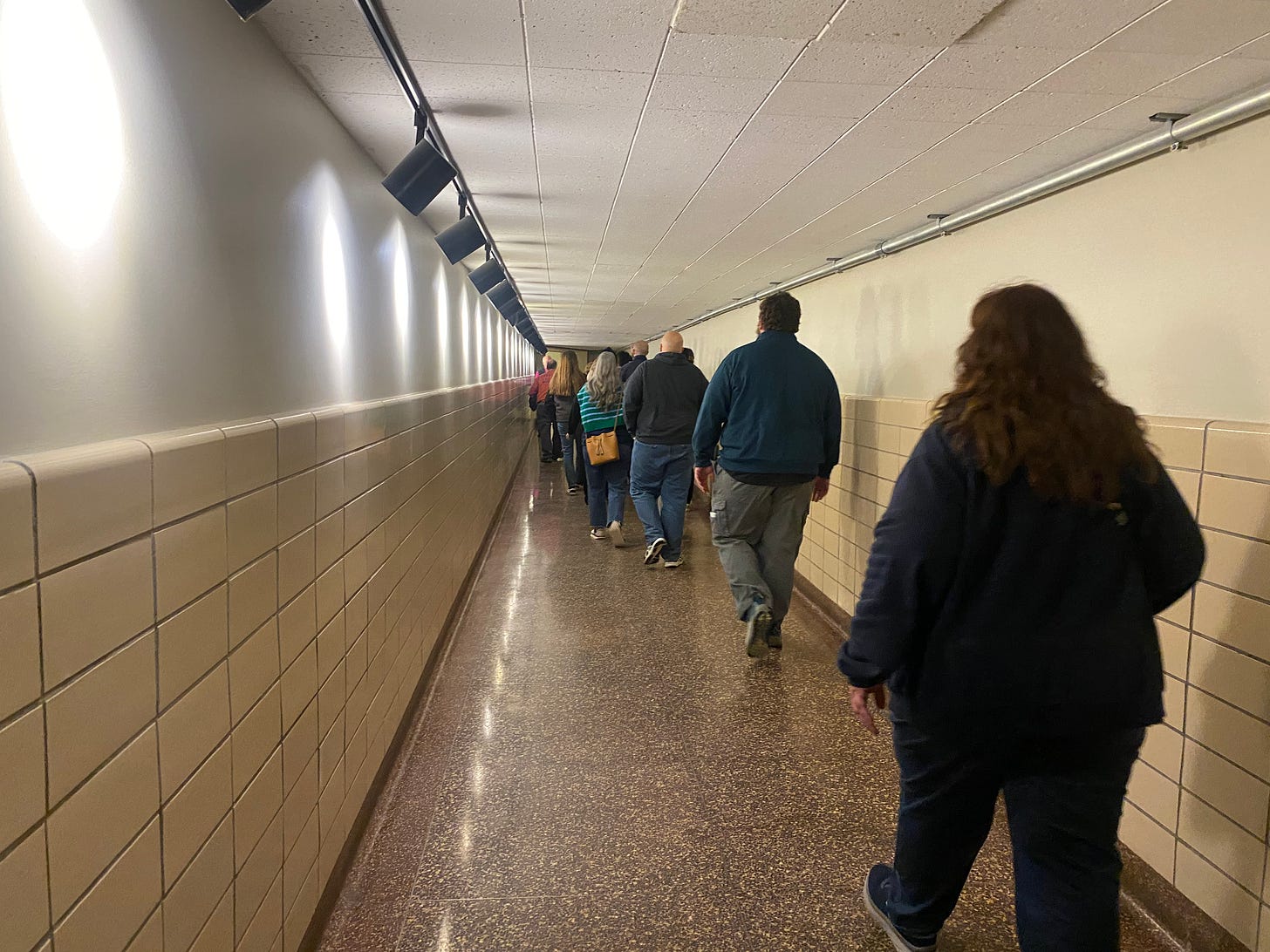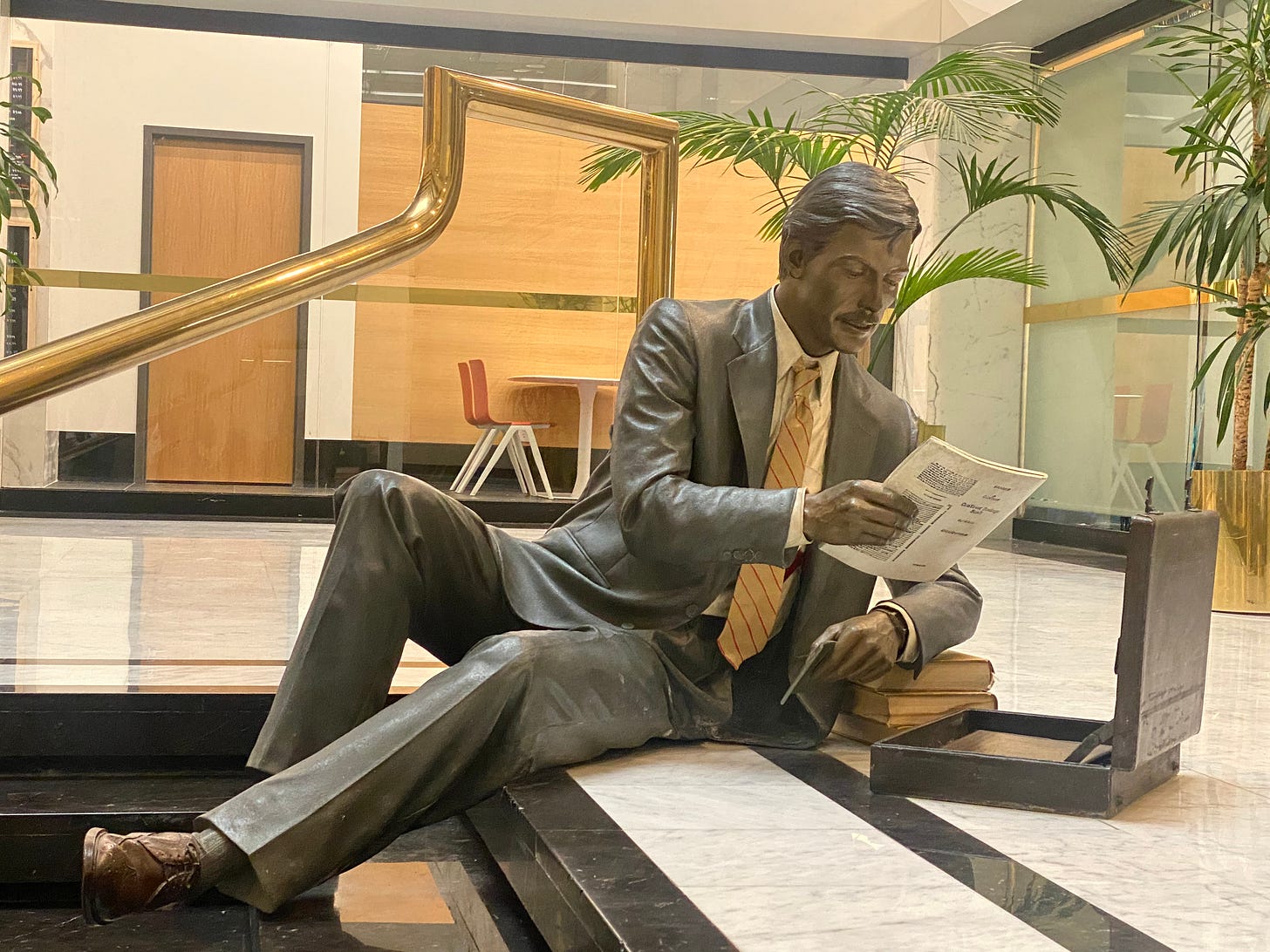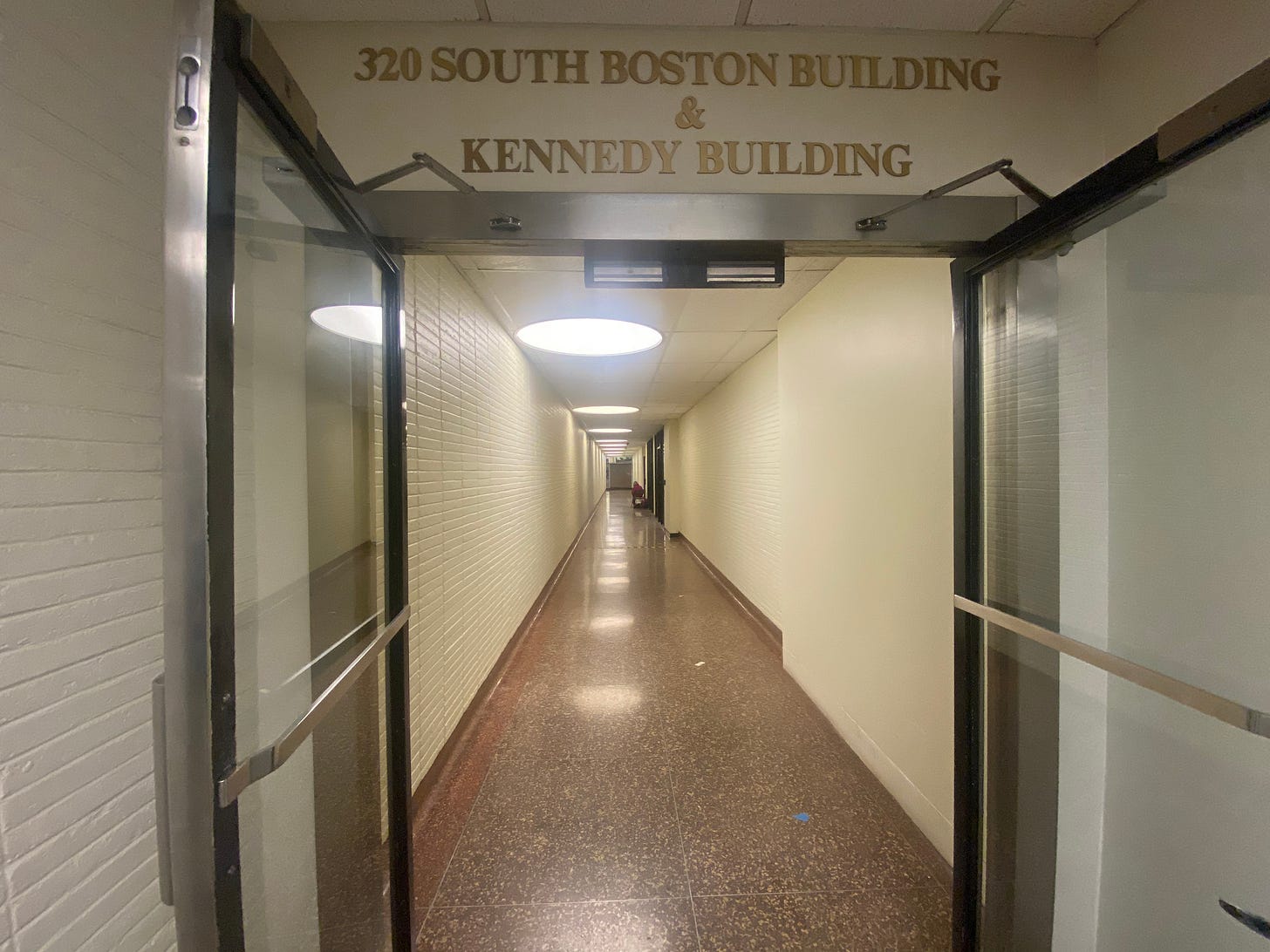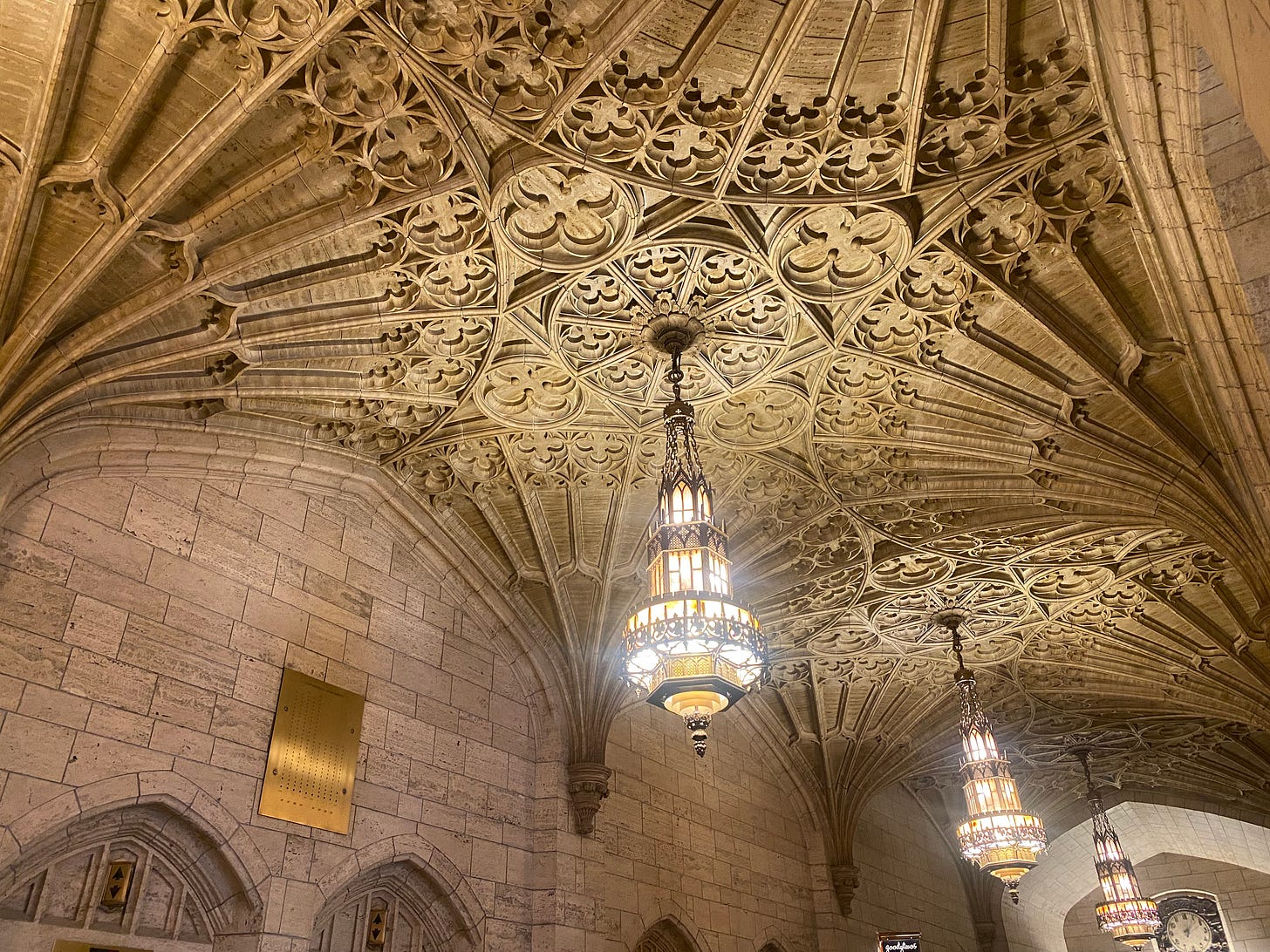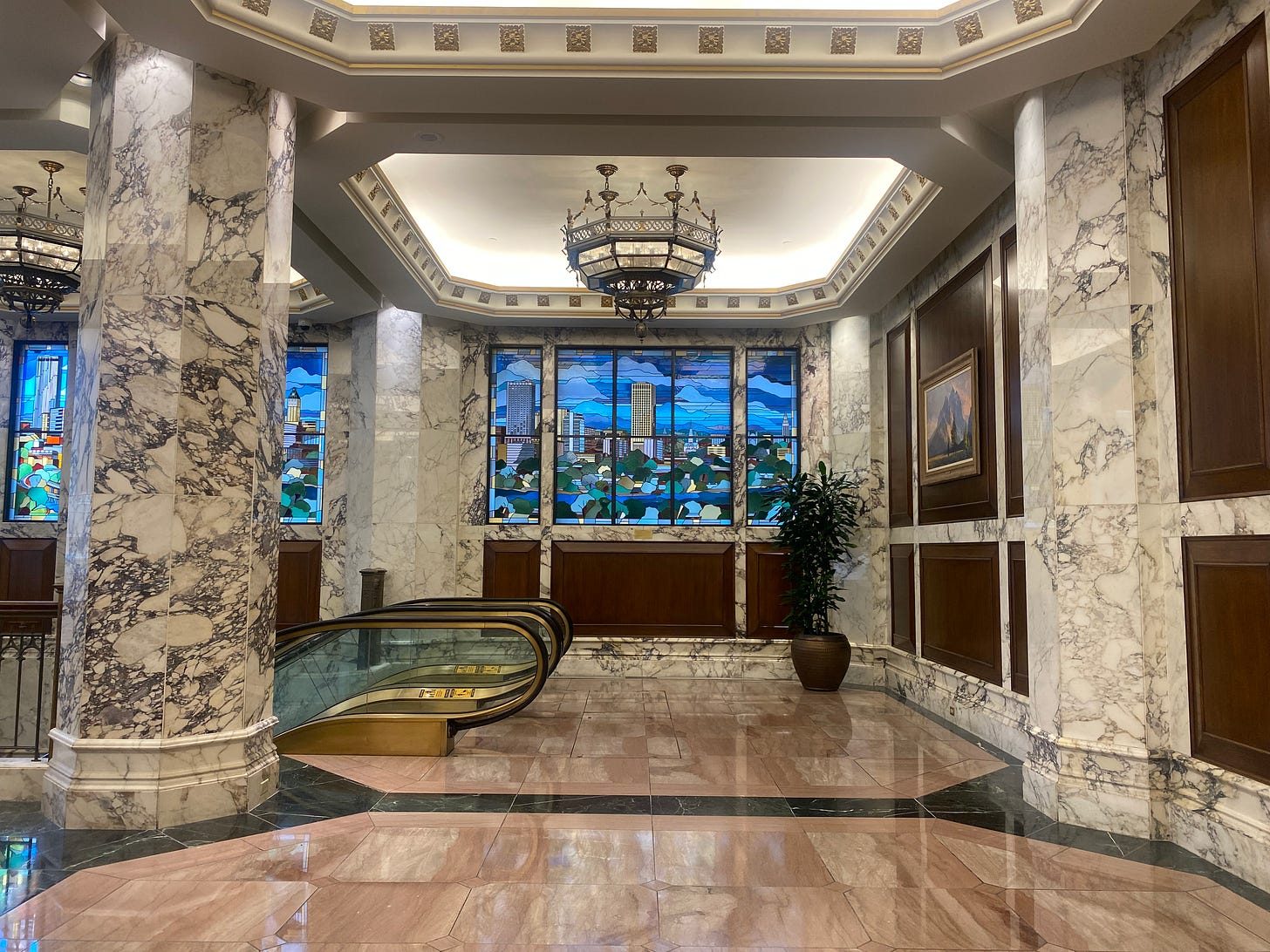Exploring Tulsa's Not-So-Secret Tunnels
Take a guided tour of Tulsa's not-so-secret tunnels and learn about their 100-year history.
Beneath the streets of downtown Tulsa lies a hidden network of tunnels connecting multiple skyscrapers in the city. The tunnel system was designed for transporting goods, but soon became a secret way for wealthy oil barons like Waite Phillips to avoid kidnapping for ransom—which was apparently quite a problem in the 20s and 30s.
Now, these tunnels offer a glimpse into Tulsa's fascinating past—and you can explore these tunnels on a guided underground tour that's equal parts history lesson and quirky adventure.
Why Does Tulsa Have Tunnels?
The first tunnel was built in 1929, and ran 80-feet between the Philtower and the Philcade. It was originally designed to allow workers to transport materials between the two buildings, but the purpose of the tunnels soon transformed. Fueled by anxieties surrounding oil baron kidnappings, Tulsa's elite sought refuge and safe ways to travel in these discreet passages underneath the city.
In more recent years, the tunnels were regularly used to avoid Tulsa’s infamous weather or even for daily business like going to lunch. Today, the Tulsa tunnels may connect up to six historic buildings, but are no longer as easily accessible to the public, since some of the buildings are privately owned.
Intrigued? I certainly was. Having heard of these tunnels for years, I finally snagged a spot on a tour offered by the Tulsa Foundation for Architecture (TFA). Tours of Tulsa also offers a tour of the tunnels. The TFA tours fill up fast, so be ready to book quickly when availability opens.
Beginning the Tour
Our tour began after exiting the Hyatt Regency and taking a short walk through a covered parking lot (yes, it’s not quite Indiana Jones) to access the first tunnel. Many of the tunnels felt more like well-maintained corridors than the archetypal tunnels that come to mind, but part of the charm was how the tunnels were hidden in plain sight, and full of history, art, and photography. One even has an active barbershop that’s been around for years.
The individual building owners coordinate maintenance, and our docent said that the tour managers have to check with multiple buildings to ensure the tunnel doors are unlocked whenever they’re running a tour.
The tour took us through 320 South Boston, the Kennedy Building, the Mid-Continent Tower, the Atlas Life Building, the Philtower, and the Philcade. Our docent shared that there used to be a tunnel leading from the Arkansas River that they believe was used to transport ice and other goods, that possibly went as far as 5th street.
One of the coolest parts of the tour was going into the Bank of Oklahoma vault. They took us to the basement to see the where the original vault from 1928. It’s made out of steel-reinforced concrete, and it’s still active! It was like something straight out of the movies, and, understandably, there were no photos allowed.
Our docent shared that the tunnel leading out of 320 building was intended as a bomb shelter, and that it could hold 1000 people (we were all skeptical at that). During an emergency, everyone sheltering in that tunnel would get two crackers, a cup of water, a vitamin, and a piece of hard candy each day for sustenance. We were also skeptical of that food plan, but at least we know where to go in the city if there’s an emergency.
Pièce de Résistance
The last tunnel on the tour is the one everyone was most exciting about. It’s the tunnel you walk through and think: yeah this is a tunnel. It’s drafty, echoey, and evokes a truly subterranean atmosphere. Sealed mini-tunnels branching off the main passage piqued our curiosity, but the TFA folks weren’t sure where the sealed tunnels lead and there’s no imminent plan to unseal them. Their purpose and destination remain a mystery for future explorers to unravel.
This tunnel goes under 5th street and was constructed in 1929. After we walked through it, the tunnel spat us out into a storage space used by the offices in the building above.
Architecture
We all know about Tulsa’s rich and extensive legacy of art deco, but the tunnel tour put the spotlight on the less acknowledged architecture styles of the city: the Beaux-Art of the Kennedy Building, the gothic revival and Italian marble ceilings of the Philtower, and more.
While the final tunnel was particularly captivating, my favorite part of the tunnel tour wasn’t even a tunnel; it was the architecture inside the Mid-Continent Tower. The tower is a 36-story skyscraper located at 401 South Boston Avenue, and was the highlight of the tour for me. The lobby is a visual feast of stained glass windows, marble, sculptures, and stunning terracotta ornamentation. I highly recommend visiting the lobby of this building or taking a tunnel tour or architecture tour in order to fully appreciate its rich history and design details.
The tour ends in the Philcade building, which houses the free DECOPOLIS Tulsa Art Deco mini Museum. This is great for anyone who’s still hungry for history at the end of the tour. Stop by Topeca Coffee afterward if you need a caffeine boost after this 1-2 hour tour.
The tour offered a glimpse into the city's hidden passageways, but to be honest, I thought it all felt very sanitized and contained. From what I’ve heard from long-time residents, the tunnels used to be much more unrestricted. There were also drainage pipes that could be explored before The Gathering Place was built. Sad news for urban explorers, but still think that a guided tunnel tour is still worth taking. Know anything about any other tunnels around Tulsa? Let me know!
Book your tour of Tulsa’s tunnels here: TFA Tours and Tours of Tulsa.




